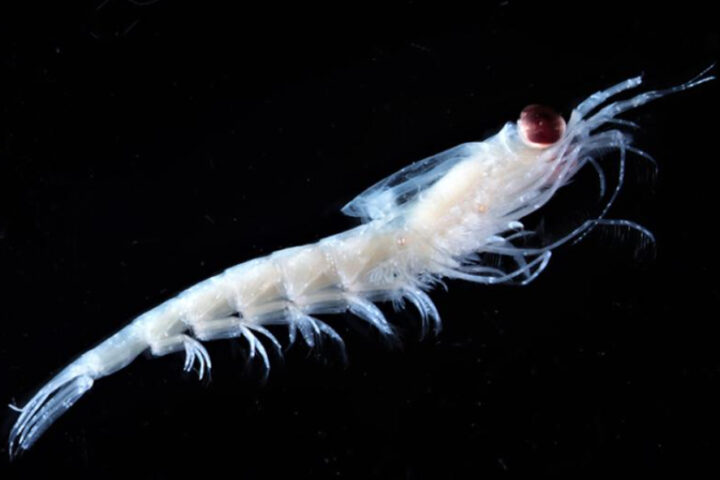A groundbreaking AI-powered wildfire detection system is introduced by Dryad Networks, revolutionizing early fire alerts. Strategically placed in forests, solar-powered sensors detect gas changes indicating potential fires. These sensors can identify fires in their smoldering phase, allowing for rapid intervention. Each sensor, positioned about 3 meters off the ground, can monitor an area as large as a football field.
“Revolutionizing early fire alerts, Dryad Networks has introduced a groundbreaking AI-powered wildfire detection system,” says Carsten Brinkschulte, CEO of Dryad Networks. These strategically placed, solar-powered sensors in forests detect gas changes, indicating potential fires. “Our sensors can identify fires in their smoldering phase, allowing for rapid intervention,” adds Brinkschulte.
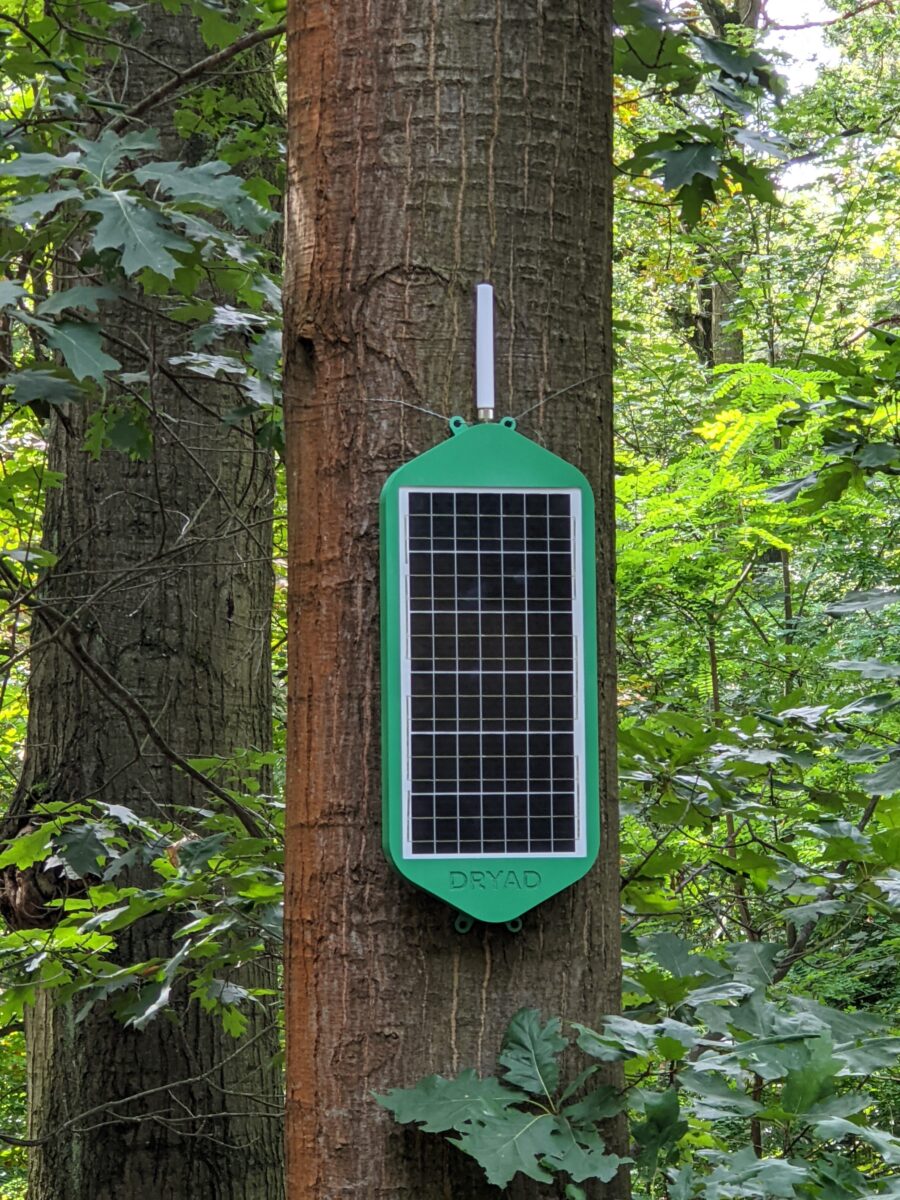
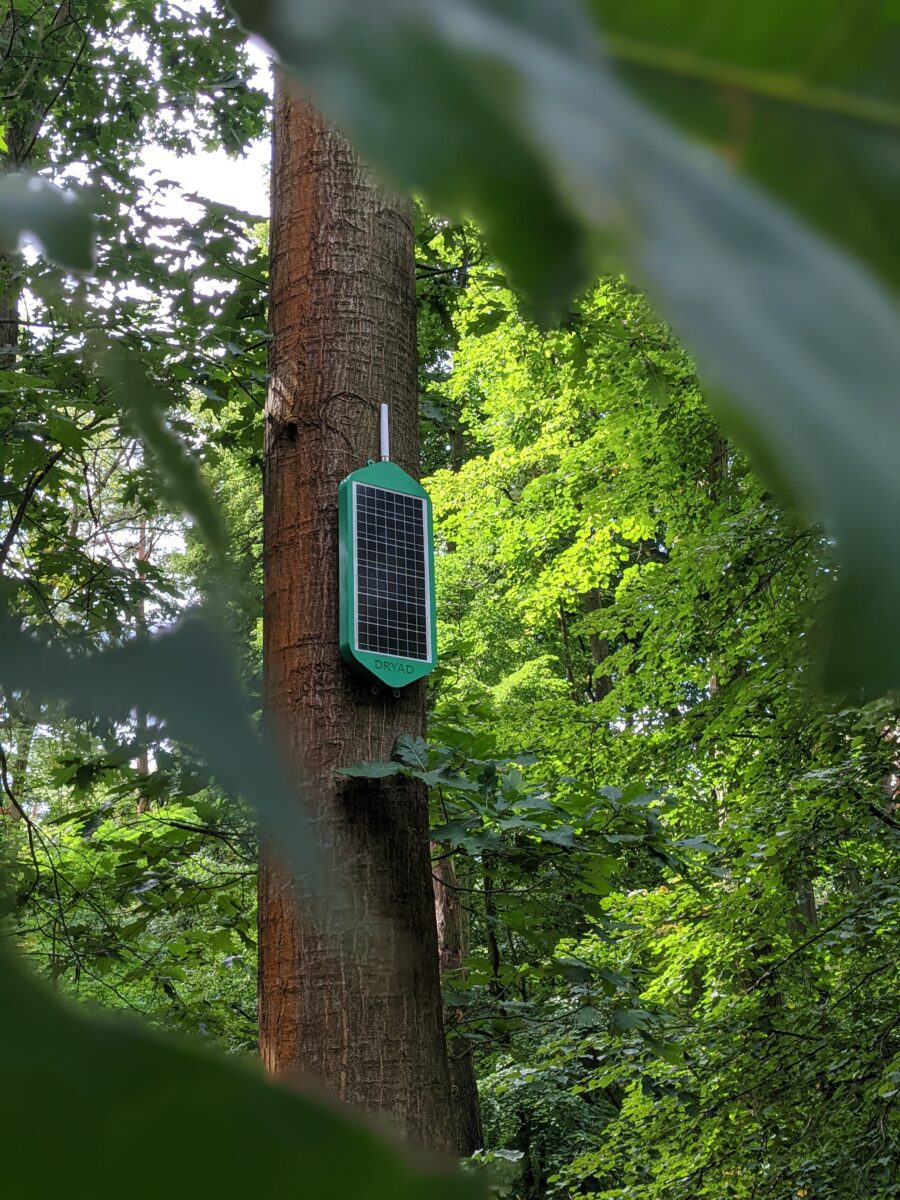
Communication and Accuracy:
Dryad’s proprietary communication network, upon detecting a fire, swiftly alerts firefighters with the fire’s precise location. Machine learning is employed to minimize false positives, ensuring only genuine threats are reported. The AI system is trained using data from controlled burning of diverse forest materials. “We employ machine learning to minimize false positives, ensuring that only genuine threats are reported,” states Dr. Paul-Josef Patt, CEO of eCAPITAL, a key investor in Dryad.
Design and Durability:
Waterproof & energy-storing capacitors make the sensors both durable & safe, eliminating the fire risk associated with lithium-ion batteries. Measuring 19 cm by 8.2 cm, each sensor is equipped with a 6 cm by 6 cm solar panel and is designed to be weather & UV-proof. Dryad’s sensors have already proven effective in parts of Europe & North America. “Waterproof and energy-storing capacitors make our sensors both durable and safe,” says Alistair Fulton, Senior Vice President and General Manager of Semtech’s Wireless and Sensing Products Group. “This eliminates the fire risk associated with lithium-ion batteries.”


Expansion and Impact:
The current focus of the company is on scaling up, aiming to blanket vast forested areas with their sensors. Wildfires affected over 6.2 million people between 1998 & 2017, leading to significant health & economic impacts. California’s 2018 wildfire alone resulted in an economic loss of $148.5 billion. Wildfires contribute to up to 20% of global CO2 emissions, exacerbating climate change.
Sensor Specifications:
Dryad’s sensors are compact, off-grid devices with built-in solar cells for power. These devices measure temperature, humidity, air pressure, and detect gases like hydrogen & carbon monoxide during fire stages. Integrated artificial intelligence ensures reliable fire detection & minimizes false alerts. The sensors connect to a gateway, with each gateway hosting approximately 100 sensors, facilitating data transmission to first responders. “Waterproof and energy-storing capacitors make our sensors both durable and safe,” says Alistair Fulton, Senior Vice President and General Manager of Semtech’s Wireless and Sensing Products Group. “This eliminates the fire risk associated with lithium-ion batteries.” The devices of Dryad operate maintenance-free for up to 15 years, using supercapacitors for energy storage.
Similar Post
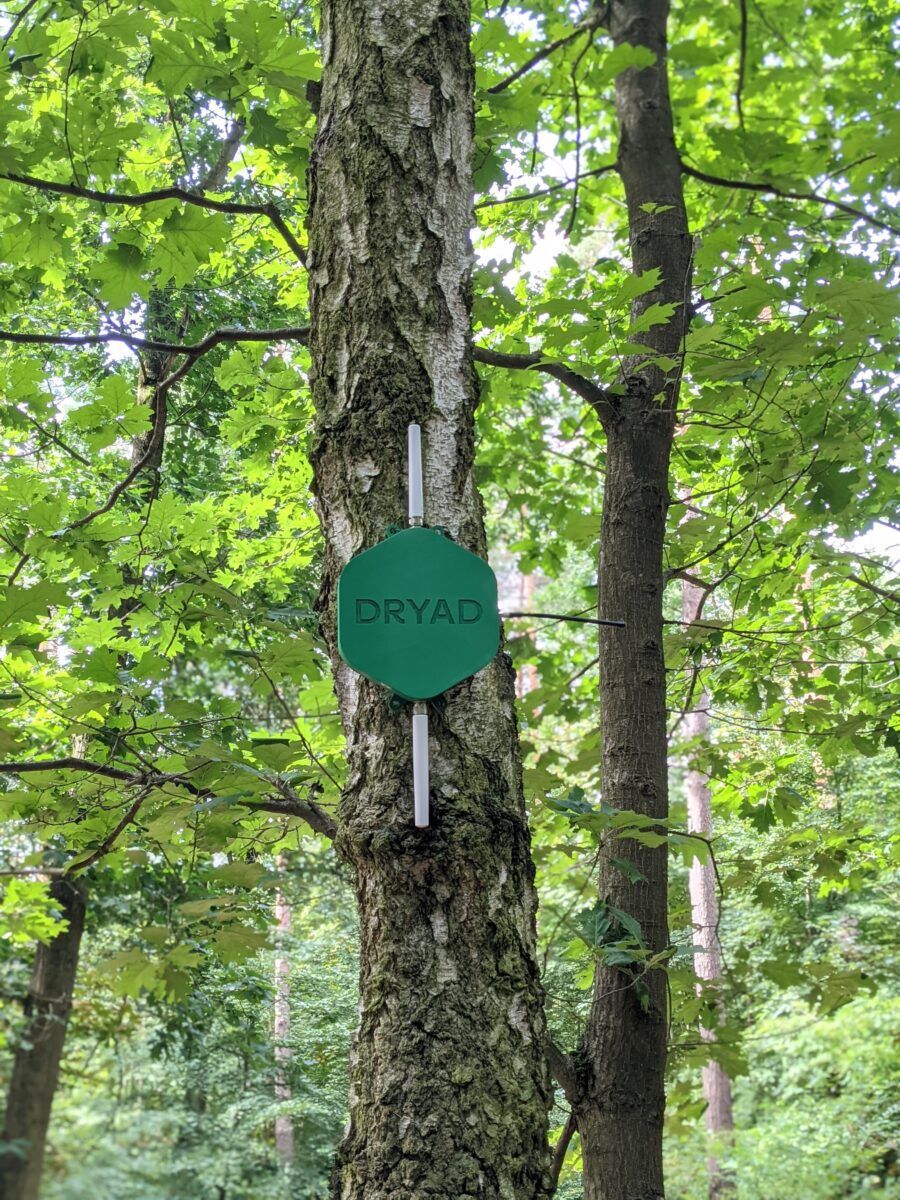
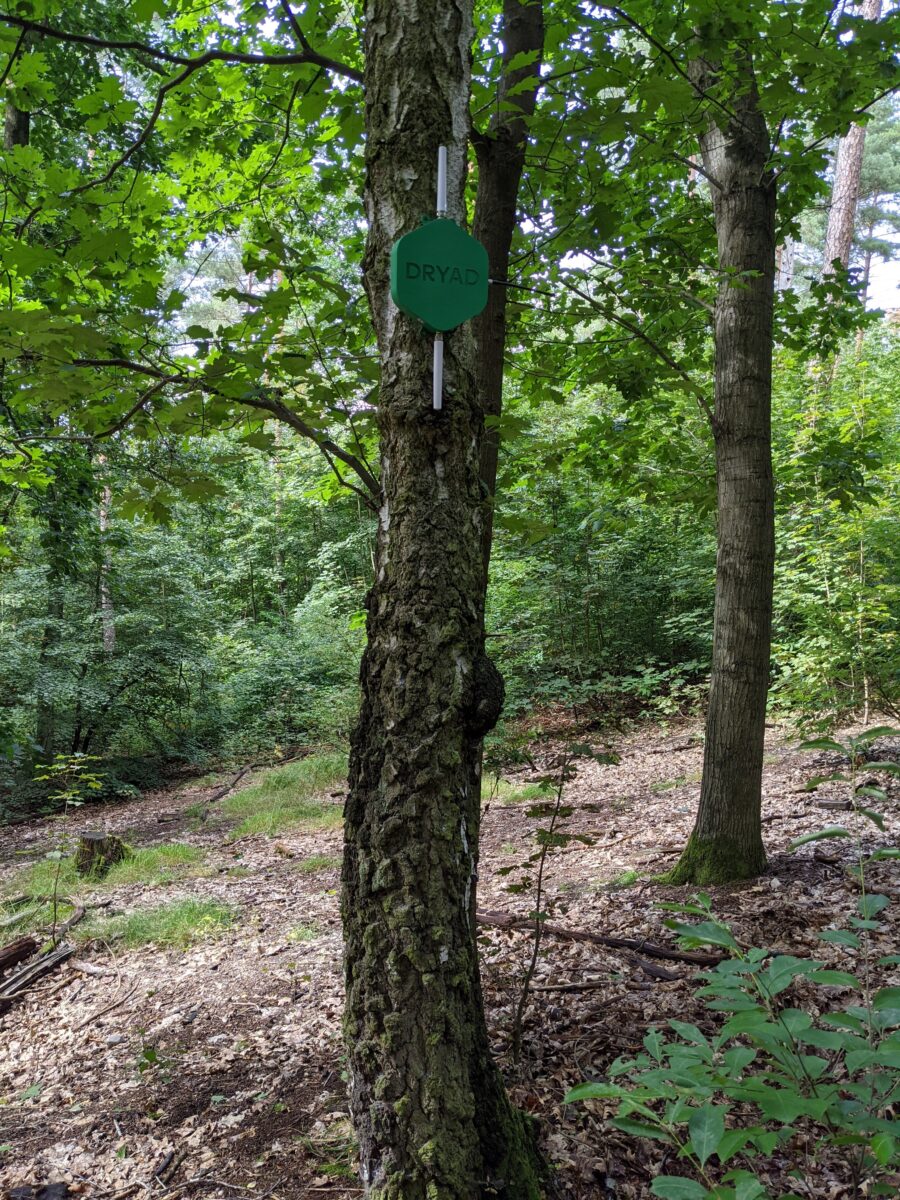
Global Concerns and Solutions:
“Omitting wildfire emissions from global CO2 reports can be misleading, especially since 80% of wildfires are human-induced,” warns Dr. Patt. “Deploying 120 million Dryad sensors by 2030 could prevent the burning of 3.9 million hectares of forest and avert 1.7 billion tons of CO2 emissions.” Increasing global temperatures could lead to a 62% rise in burned areas, emphasizing the urgency of effective wildfire detection. Omitting wildfire emissions from global CO2 reports can be misleading, especially since 80% of wildfires are human-induced. Deploying 120 million Dryad sensors by 2030 could prevent the burning of 3.9 million hectares of forest & avert 1.7 billion tons of CO2 emissions.
The technology offers a beacon of hope in a world grappling with the repercussions of climate change. The solution of Dryad equips first responders with the tools to detect & tackle wildfires before they spiral into major disasters. The company’s commitment to eco-friendly practices ensures a sustainable approach to wildfire detection. “Omitting wildfire emissions from global CO2 reports can be misleading, especially since 80% of wildfires are human-induced,” warns Dr. Patt. “Deploying 120 million Dryad sensors by 2030 could prevent the burning of 3.9 million hectares of forest and avert 1.7 billion tons of CO2 emissions.” As Dryad continues to evolve, its potential impact on global wildfire prevention & response becomes increasingly significant. Witnessing this state-of-the-art in action offers a glimpse into the future of wildfire detection, where technology & AI come together to protect our forests & communities.















